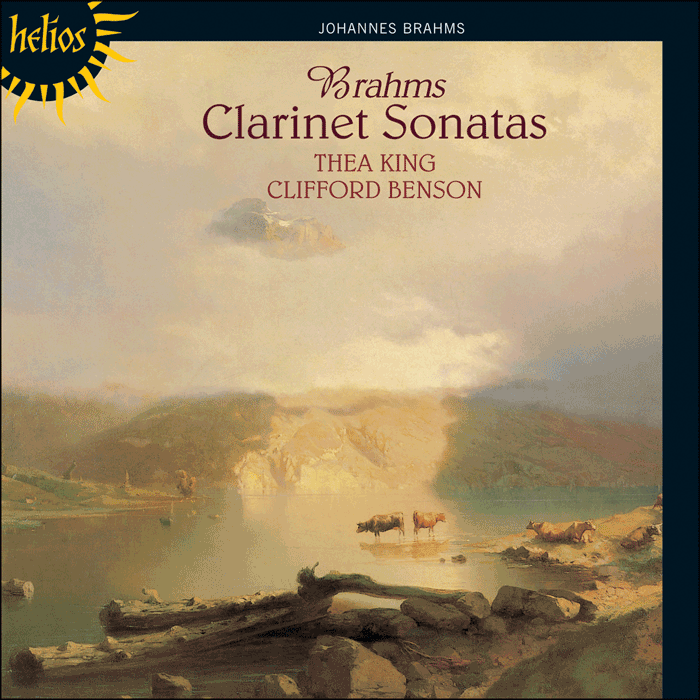Logowanie
Mikołaj - ten to ma gest!
Elton John, The Mamas & The Papas, Cat Stevens, Rod Stewart, Bobbie Gentry, Stevie Wonder, Engelbert Humperdinck
Memory Lane
Edycja Numerowana - 1000 egzemplarzy w skali światowej
RACHMANINOV, Eiji Oue, Minnesota Orchestra
Symphonic Dances / Vocalise
Best Recordings of 2001!!! NAJCZĘŚCIEJ KUPOWANA PŁYTA Z RR!
Karnawał czas zacząć!
Music of Love - Hi-Fi Latin Rhythms
Samba : Music of Celebration
AUDIOPHILE 24BIT RECORDING AND MASTERING
CHOPIN, LISZT, DEBUSSY, DVORAK, Gerhard Oppitz
Dances romantiques - A fantastic Notturno
Wzorcowa jakość audiofilska z Clearaudio
Winylowy niezbędnik
ClearAudio
Double Matrix Professional - Sonic
najbardziej inteligentna i skuteczna pralka do płyt winylowych wszelkiego typu - całkowicie automatyczna
BRAHMS, Thea King, Clifford Benson
Clarinet Sonatas
- Contents:
- 1. Clarinet Sonata in F minor Op 120 No 1 [22'26] Allegro appassionato [7'35]
- 2. Andante un poco adagio [4'48]
- 3. Allegretto grazioso [4'20]
- 4. Vivace [5'02]
- Clarinet Sonata in E flat major Op 120 No 2 [21'02]
- 5. Allegro amabile [8'05]
- 6. Allegro appassionato [5'12]
- 7. Andante con moto Allegro [7'24]
- Thea King - piano
- Clifford Benson - piano
- BRAHMS
'Really, I have only two words to say about this disc - 'Buy it!' ' (BBC Record Review) Brahms’s two sonatas for clarinet and piano, Op 120, composed in 1894, were followed only by the four Serious Songs and a set of organ chorale preludes (some of which may have been written at earlier times). His farewell to chamber music was also his farewell gift to the clarinet. The two works recorded here were preceded by the Clarinet Trio in A minor (Op 114) and the great Clarinet Quintet in B minor (Op 115), and all four masterpieces were inspired by the playing of Richard Mühlfeld, principal clarinettist of the Meiningen Orchestra. Brahms’s orchestral music had always clearly displayed a sympathy for the clarinet, and it is perhaps not surprising that he should in the end have turned to it rather than to any other woodwind instrument. That might have been the case even without Mühlfeld’s influence, and there can be no doubt that H C Colles was right in saying of the Quintet: ‘Had Brahms never heard of the great clarinettist that music must have been expressed somehow.’ The two sonatas are not on the same scale as the Quintet, but match the fine and insufficiently appreciated Trio in scope. They are strongly contrasted in key and mood, and each sonata internally varies its character somewhat unexpectedly. The broad and firmly outlined first movement of the F minor, serious but not tragic, is followed by two gently flowing middle movements that suggest no deep problems of any kind; these make way for a vigorously cheerful finale. As if in response to this mood, the first movement of the E flat sonata is amiable and unemphatic, only to be succeeded by one of Brahms’s more passionate scherzos. There are only three movements, and the last is a set of variations on a quietly floating theme, becoming more energetic towards the end.





























